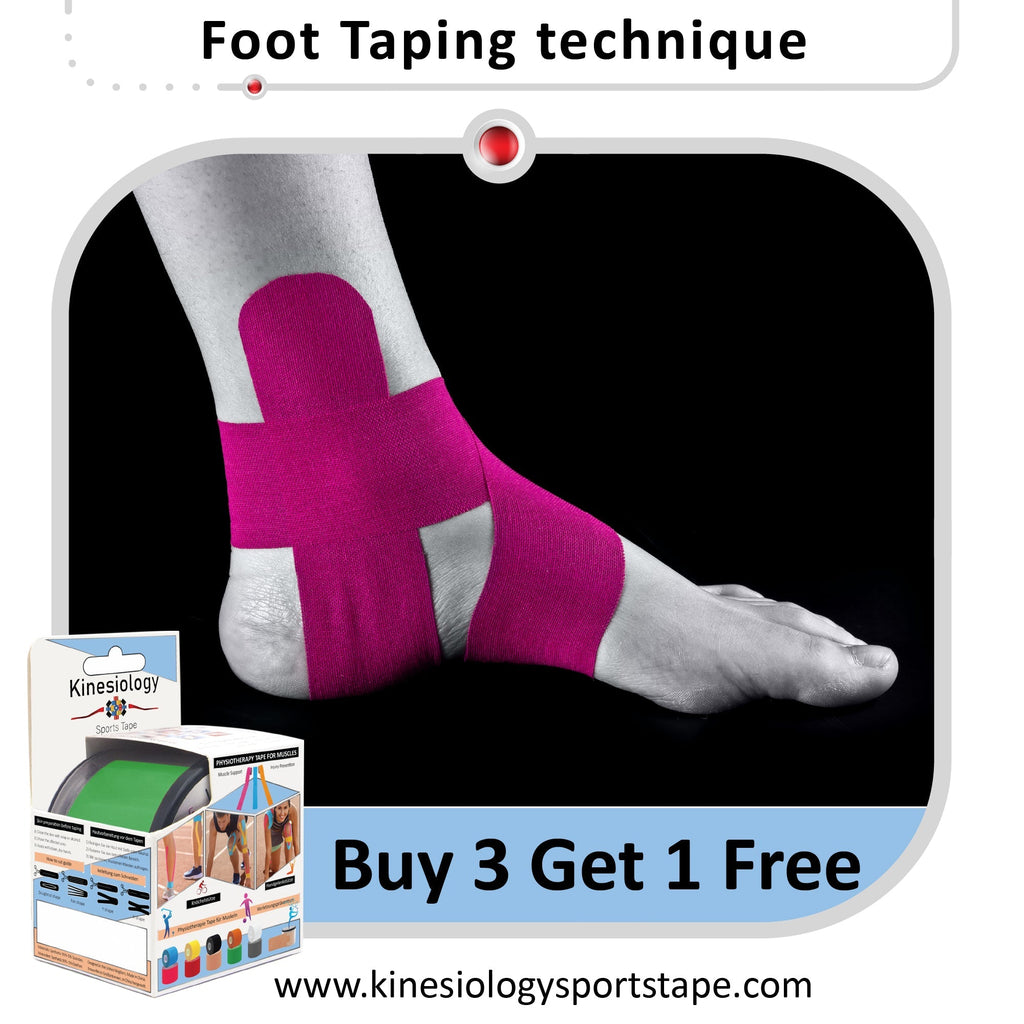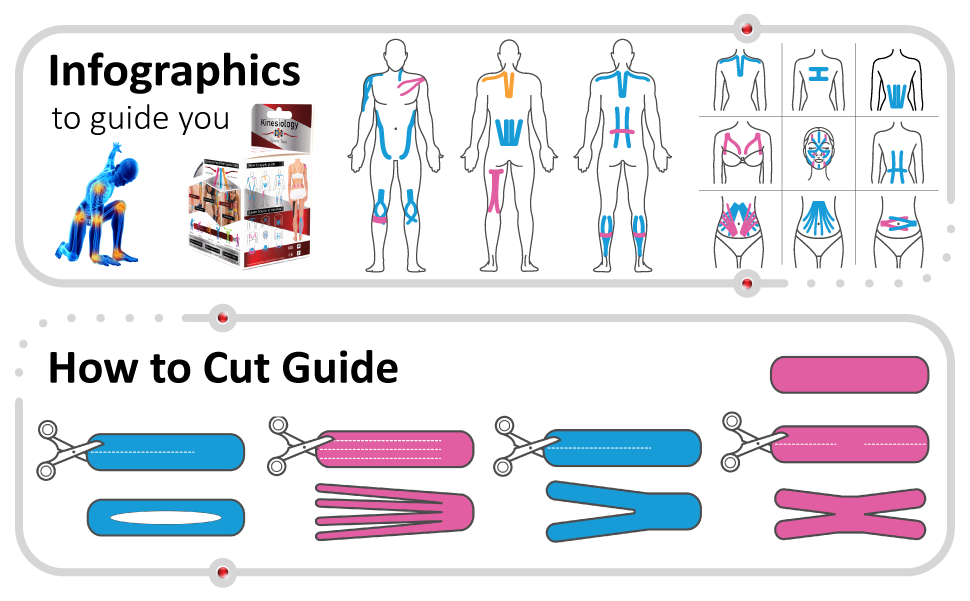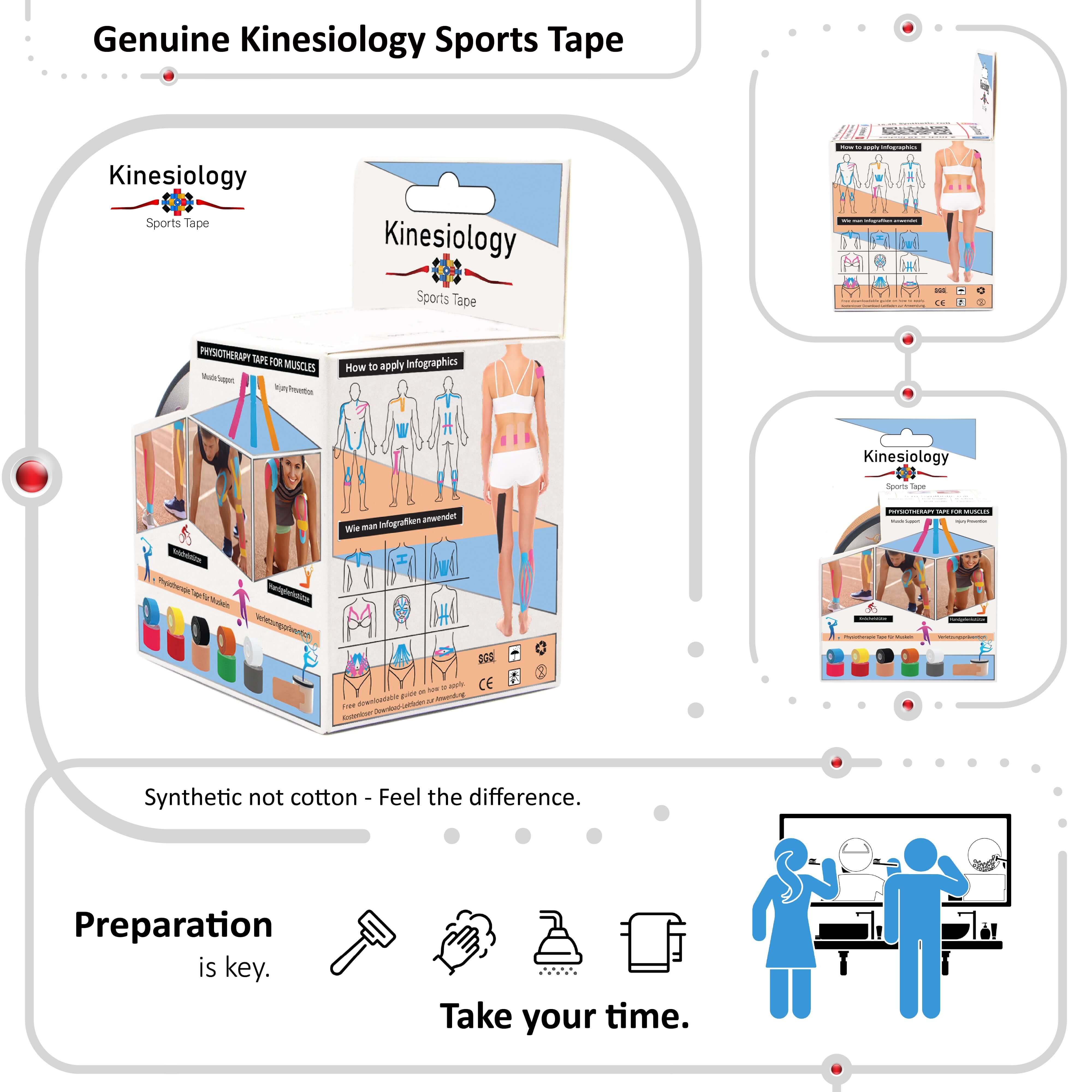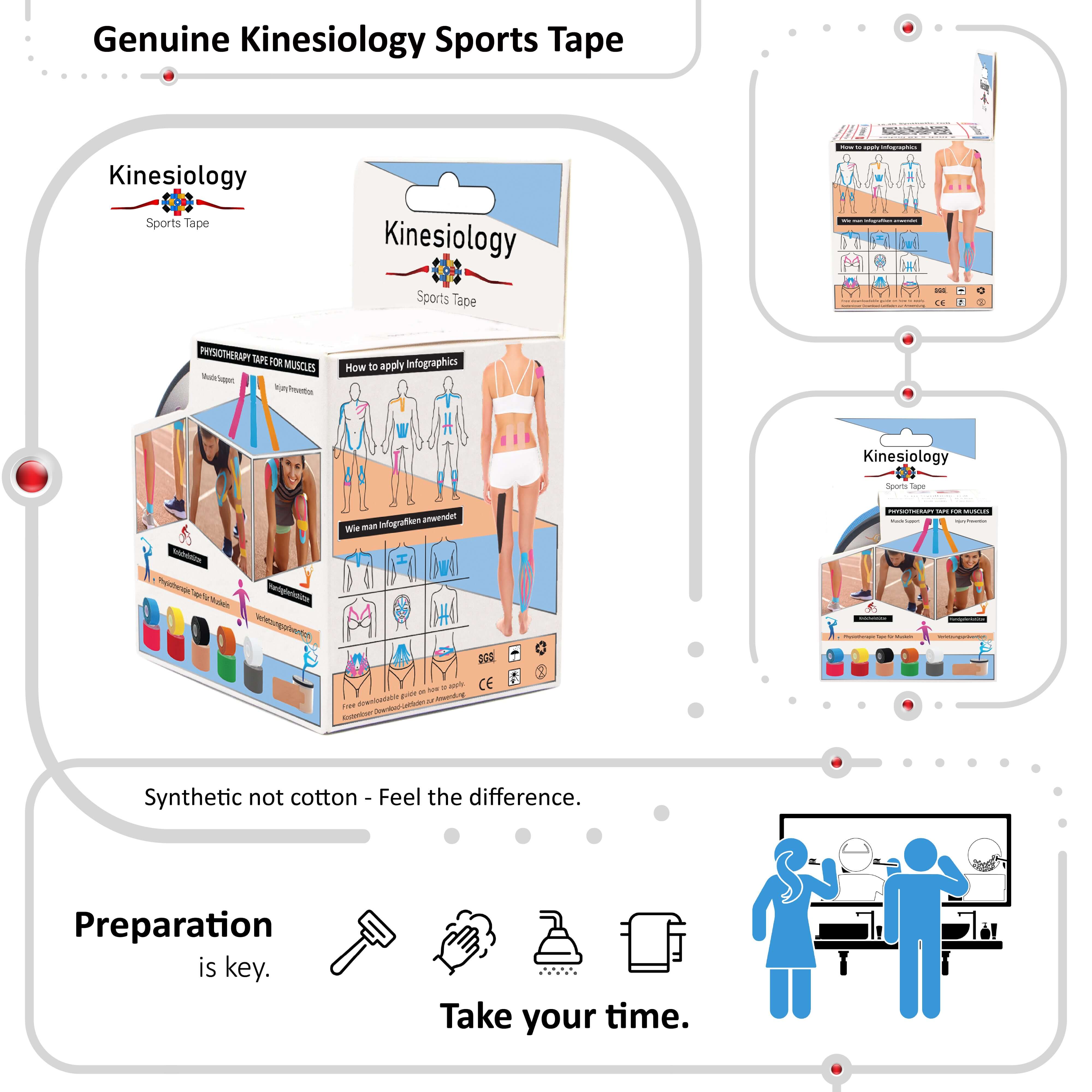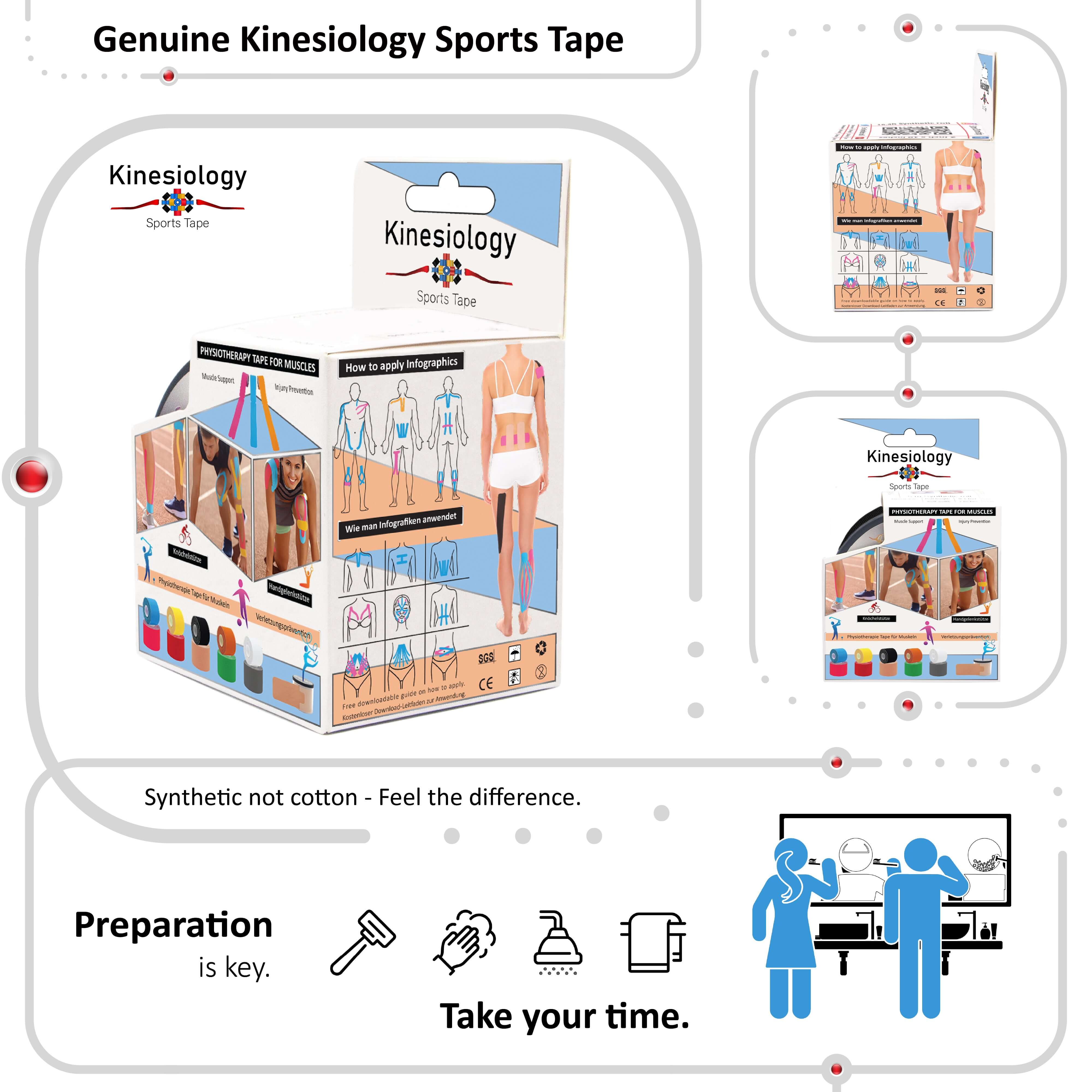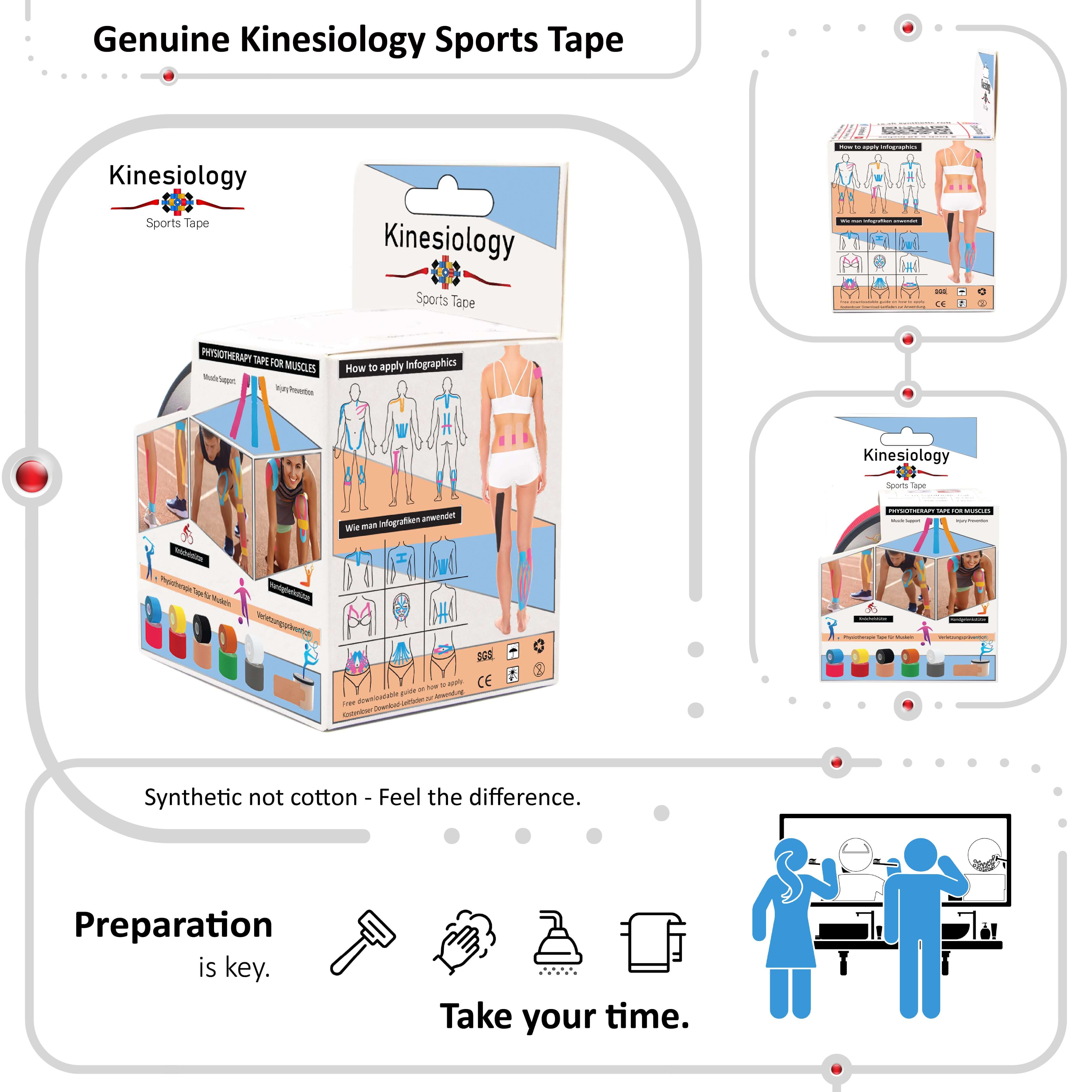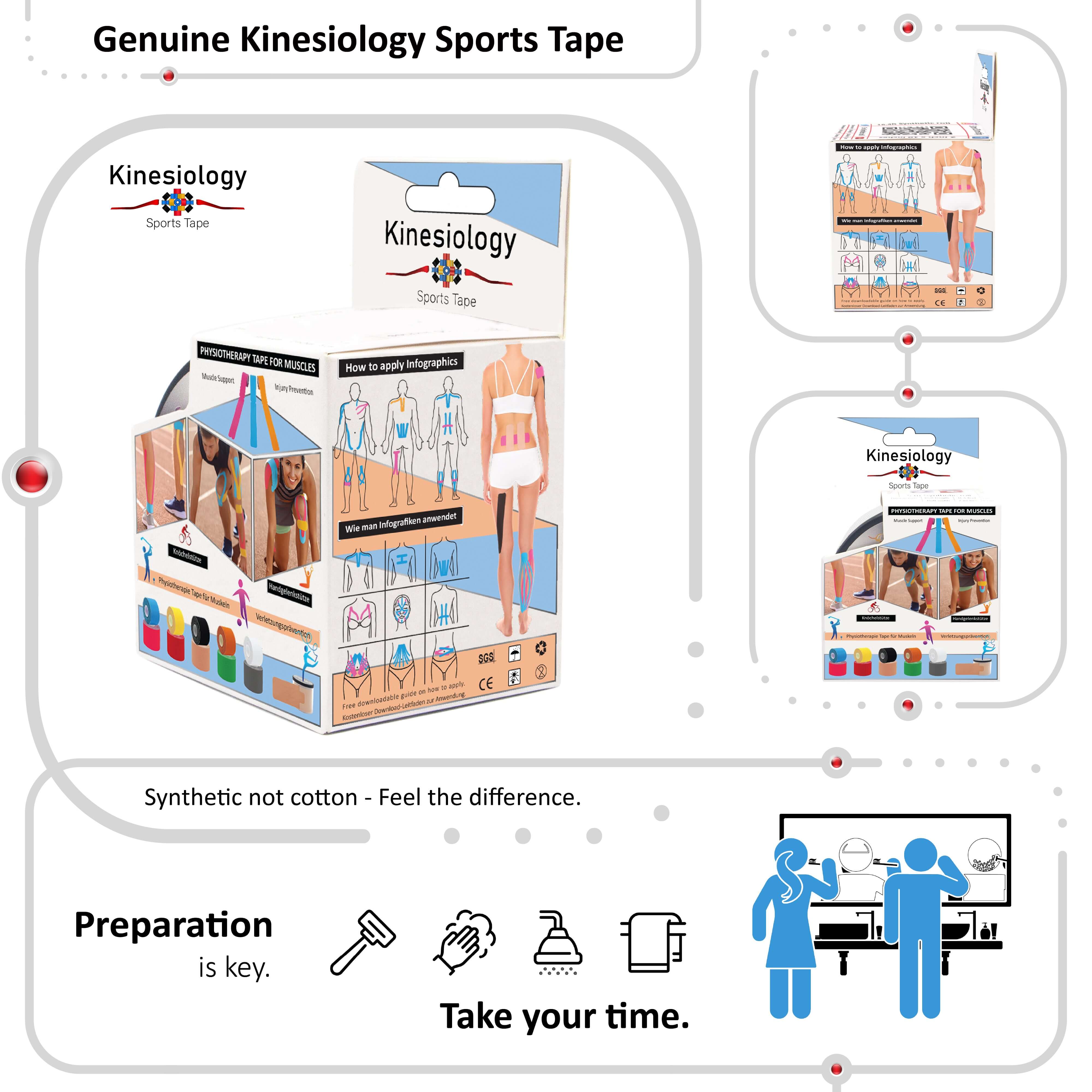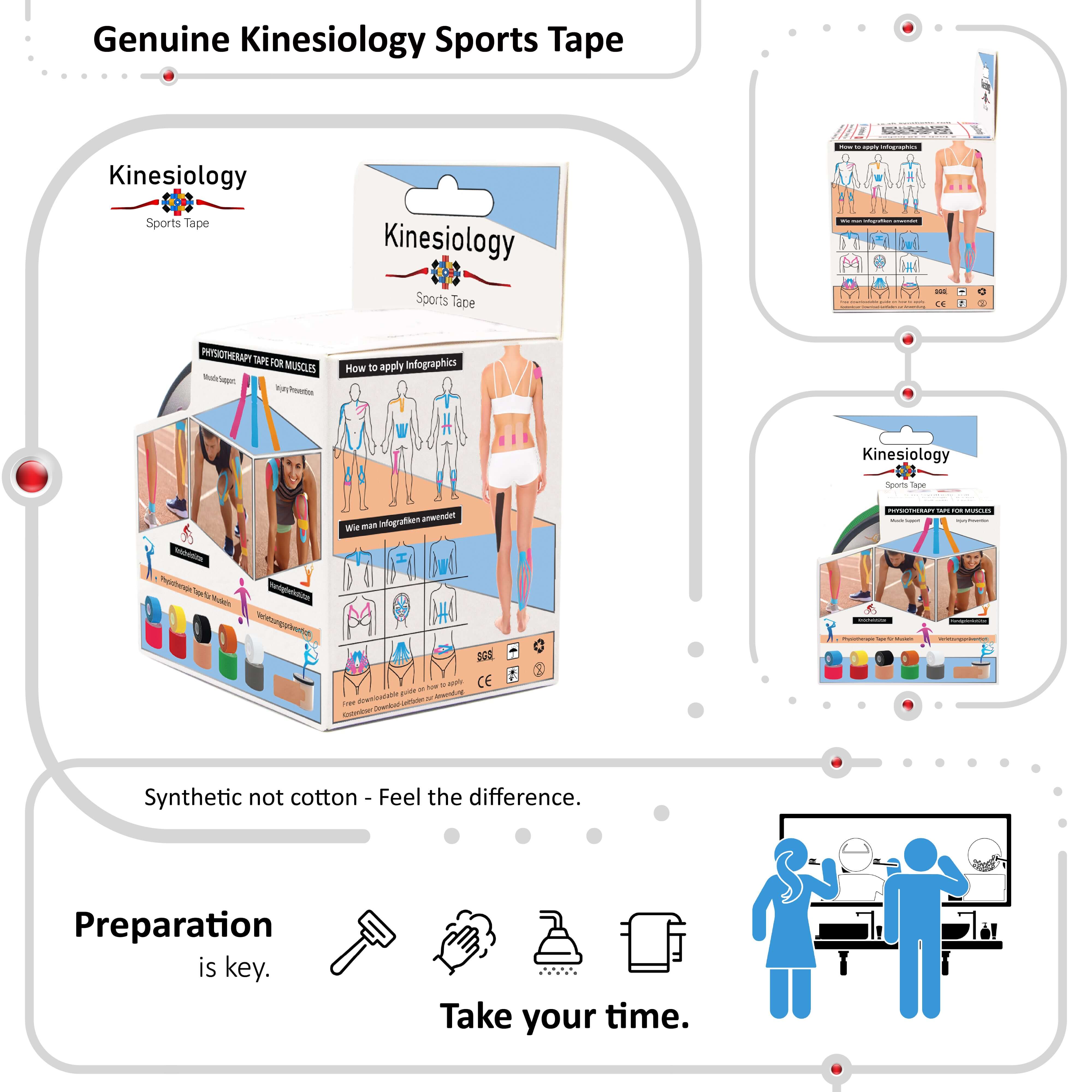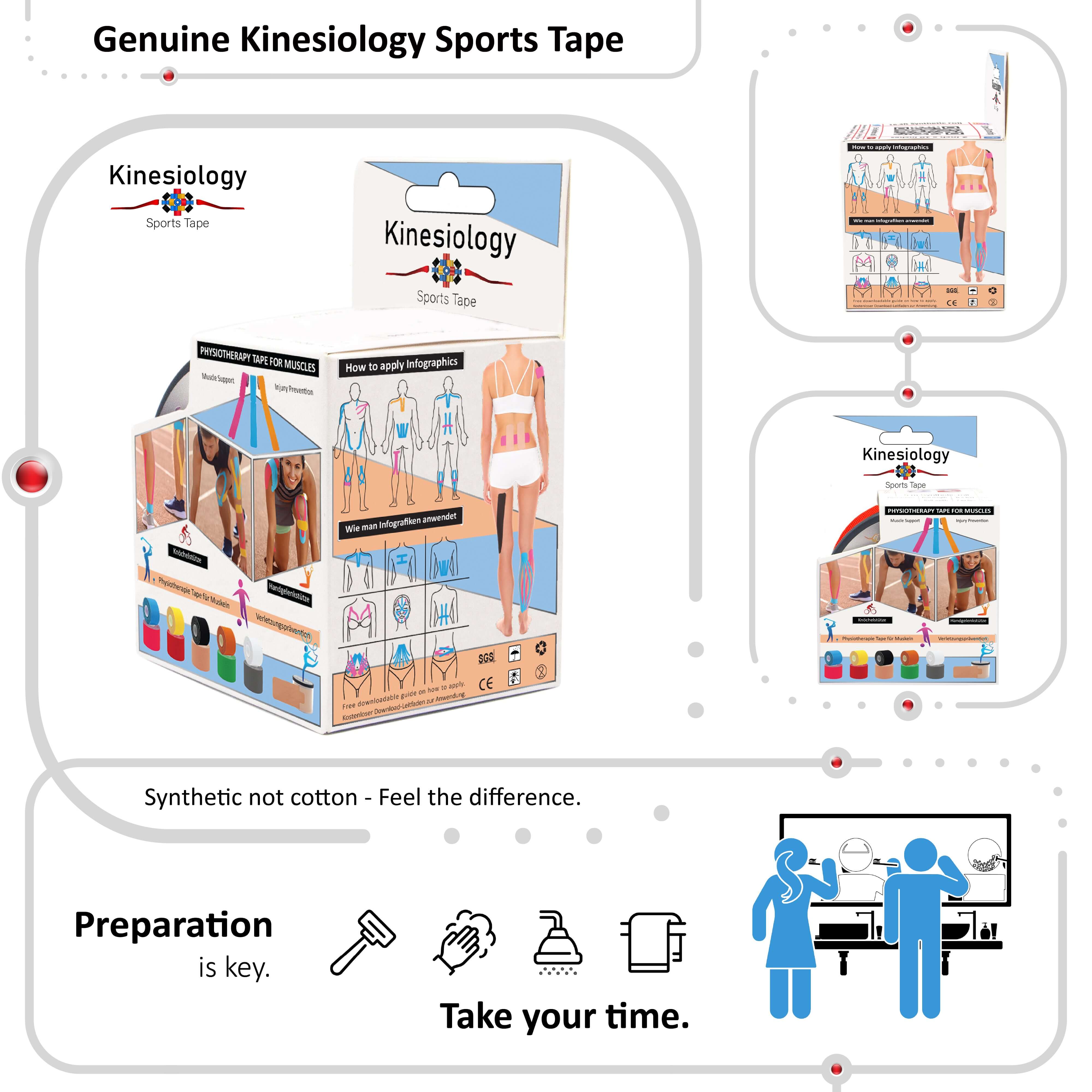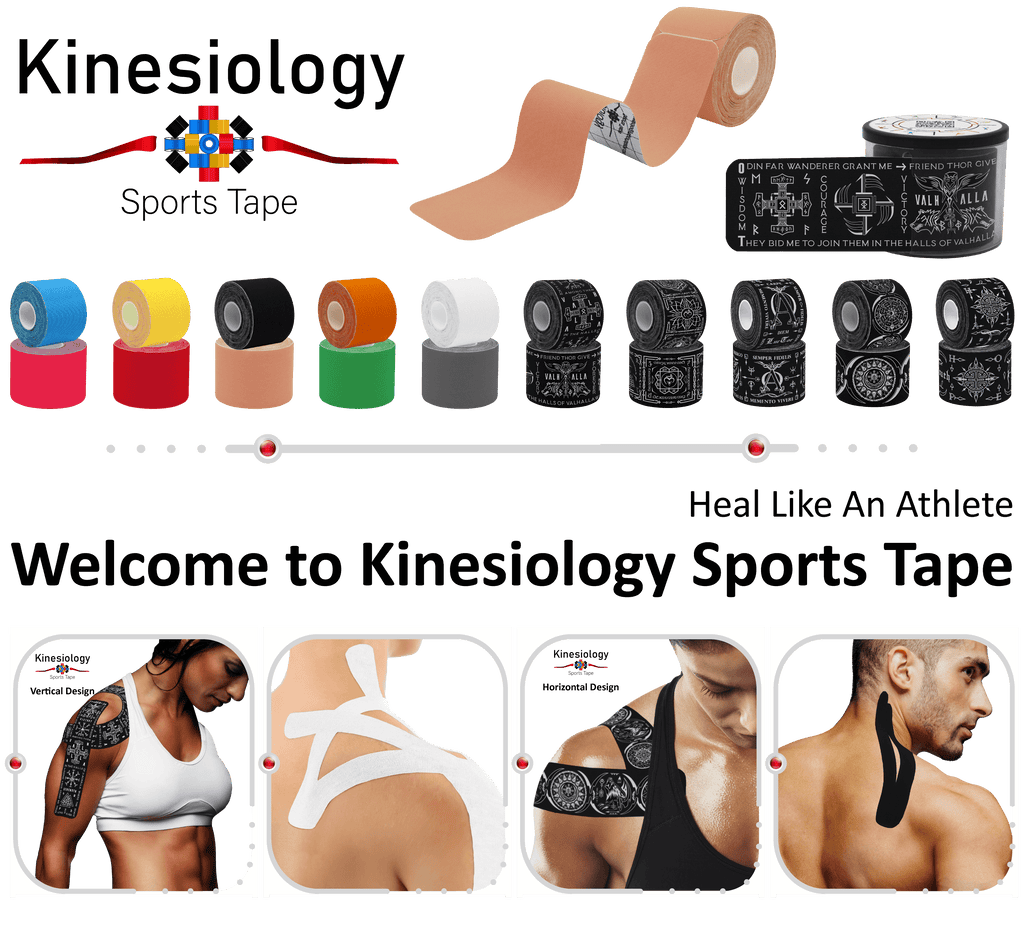
What is Kinesiology Tape

Kinesiology tape, also known as k-tape or physio tape, has gained significant popularity in recent years for its therapeutic benefits and versatile applications. But what exactly is kinesiology tape, and how does it work? In this comprehensive guide, we'll explore the ins and outs of kinesiology tape, its uses, benefits, and how it can enhance your health and well-being.
What is Kinesiology Tape?
Kinesiology tape is a thin, stretchy, and elastic cotton strip with an adhesive backing. Unlike traditional athletic tape, which is rigid and restrictive, kinesiology tape is designed to mimic the elasticity of human skin and muscles. It was originally developed in the 1970s by Japanese chiropractor Dr. Kenzo Kase, who sought to create a therapeutic tape that could provide support without limiting movement.
How Does Kinesiology Tape Work?
The unique design and properties of kinesiology tape allow it to exert several therapeutic effects on the body:
-
Support and Stability: Kinesiology tape provides structural support to muscles and joints, reducing strain and fatigue during physical activity.
-
Pain Relief: By lifting the skin and creating space between the tissues, kinesiology tape can alleviate pressure on nerves, reducing pain and discomfort.
-
Enhanced Circulation: The lifting effect of kinesiology tape improves blood and lymphatic flow to the injured or affected area, promoting faster healing and reducing inflammation.
-
Improved Muscle Function: Kinesiology tape can help improve muscle function by facilitating proper muscle activation and reducing muscle fatigue.
-
Proprioceptive Feedback: Kinesiology tape stimulates the skin's proprioceptors, specialized sensory receptors that provide feedback to the brain about body position and movement. This stimulation improves neuromuscular coordination and proprioception, leading to better balance, stability, and movement control.
Uses and Applications of Kinesiology Tape
Kinesiology tape has a wide range of applications across various fields, including:
- Sports Medicine: Athletes use kinesiology tape to prevent injuries, manage pain, and enhance performance during training and competition.
- Rehabilitation: Physical therapists and chiropractors use kinesiology tape as part of rehabilitation programs to aid in the recovery from injuries and surgeries.
- Chronic Pain Management: Individuals suffering from chronic pain conditions, such as arthritis or fibromyalgia, may benefit from the pain-relieving properties of kinesiology tape.
- Posture Correction: Kinesiology tape can be used to correct poor posture by providing support to the muscles responsible for maintaining proper alignment of the spine and joints.
- Pregnancy Support: Pregnant women may use kinesiology tape to alleviate back pain and provide support to the abdomen and pelvis during pregnancy.
Conclusion
Kinesiology tape is a versatile and effective tool for promoting recovery, relieving pain, and enhancing performance in various settings. Its unique properties and therapeutic effects make it a valuable addition to the toolkit of athletes, healthcare professionals, and individuals seeking to improve their health and well-being.
Whether you're recovering from an injury, managing chronic pain, or looking to optimize your athletic performance, kinesiology tape offers a safe, non-invasive, and drug-free option for achieving your wellness goals.
Keywords: kinesiology tape, physio tape, k-tape, therapeutic tape, support, stability, pain relief, circulation, muscle function, proprioception, sports medicine, rehabilitation, chronic pain management, posture correction, pregnancy support.

